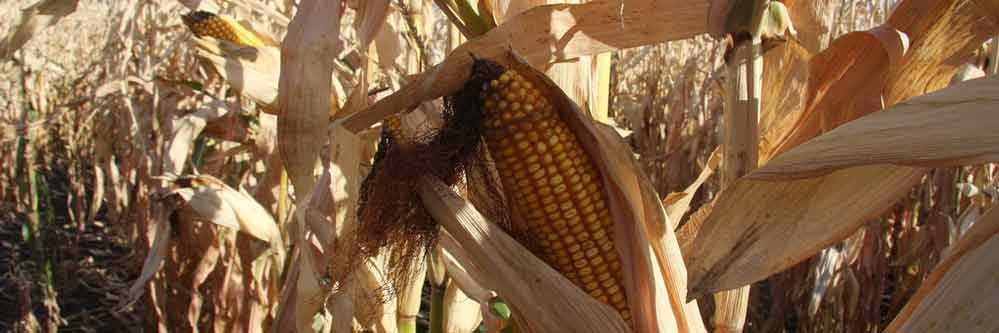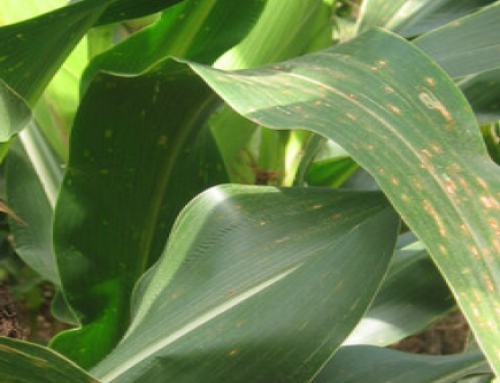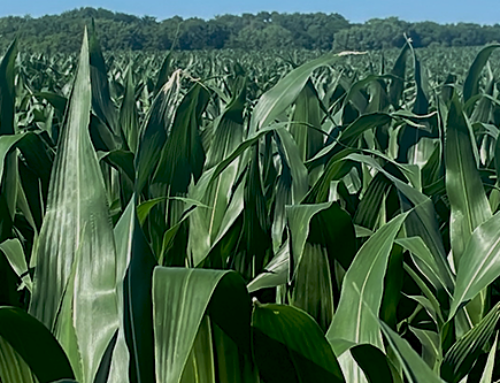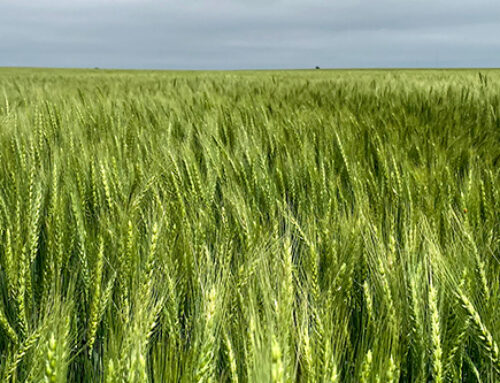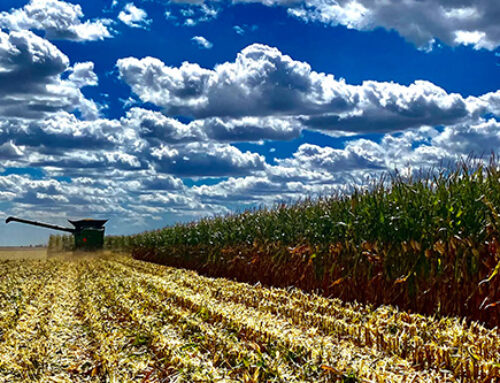Late season plant health can determine whether a corn crop will maximize grain fill, and reward farmers with those extra bushels, or if there will be standability issues and yield loss at harvest due to diseases in the stalk and the ear.
In many areas, there has been standing water in fields this year due to late July and early August rains. Some fields stayed excessively wet for an extended period of time during this rainy season. Anytime we get rains, we may also sustain hail and wind damage. All these factors may cause wounds and make a corn plant susceptible to infections from stalk rots and ear rots. Be on the lookout for late season standability issues, and be ready to adjust your harvest schedule based on plant health and potentially premature dry down in fields.
Stalk rot may be common in your area this fall. In years where it is dry early in the season, and cooler and wetter later in the year, Fusarium Stalk Rot can develop. The main symptom of Fusarium Stalk Rot is a pink color inside the stalk in the pith. Like other stalk rots, the deterioration of the plant’s internal plumbing reduces the flow of water and food to the rest of the plant, including the ear. This will cause the plant to shut down early, and the plant will eventually die prematurely. Gibberella Stalk Rot shows similar symptoms to Fusarium. The main difference is that Gibberella will show round black fruiting bodies on the outside of the stalk.
In dry years, Charcoal Rot can be a concern. The main difference in symptoms is the distinctive black, or charcoal color of the pith. The results of this disease are the same as other stalk rots.
There are various other stalk rots that may infect corn fields under different circumstances and in different geographies. Those include Fusarium, Gibberella, Diplodia, Pythium, Charcoal, Nigrospora and Bacterial Stalk Rot.
Treatment for Stalk Rots is not necessarily practical. But, if a fungicide was applied earlier in the season for various leaf diseases, those treatments can be partially effective in preventing or reducing the amount of stalk rot in your fields.
Your Crop Quest Agronomist will help you evaluate your late season plant health, and can assist in making sure you get those infected fields harvested in due time.
Featured photo by: Alternative Heat, Corn Drying to Perfection, flickr.com
Charcoal Stalk Rot by: William M. Brown, Jr., Bugwood.org
Fusarium Stalk Rot by: Alison Robertson, Ph.D., Iowa State University
Gibberella Stalk Rot by: Alison Robertson, Ph.D., Iowa State University
